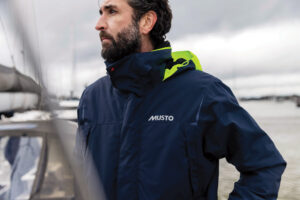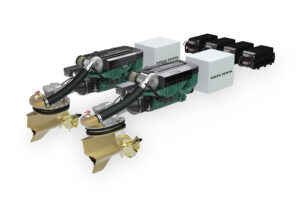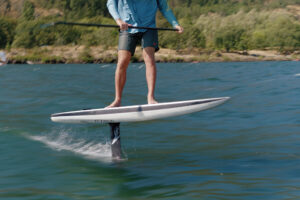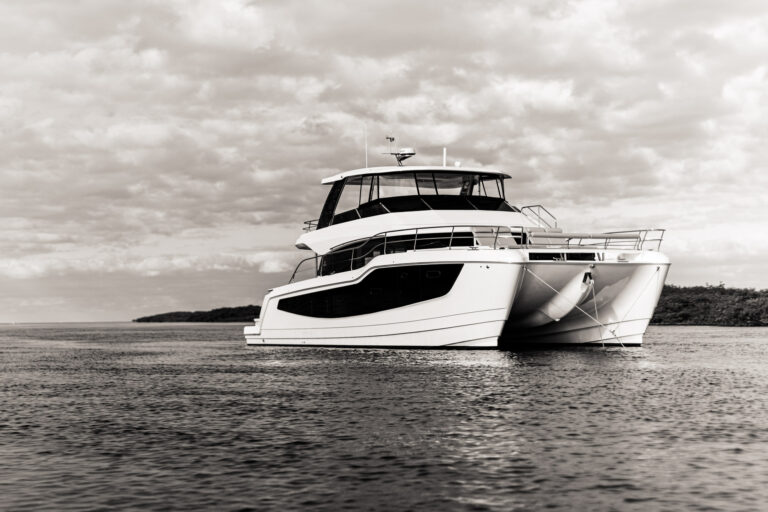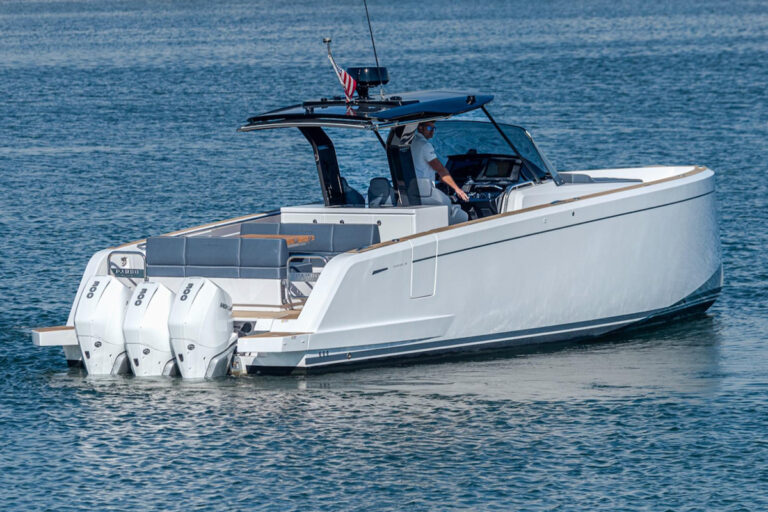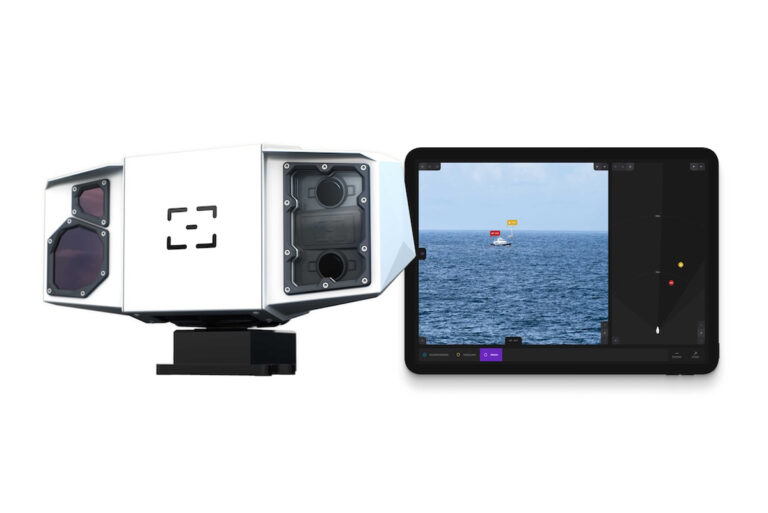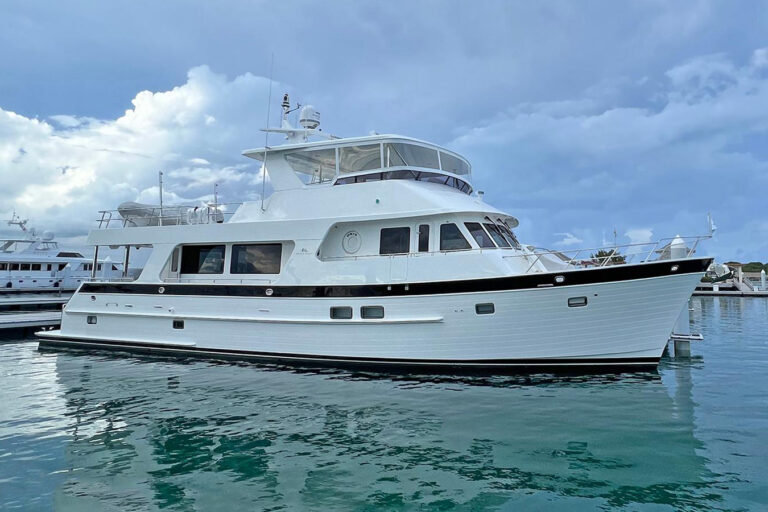
aerial view of a sailboat moored in St.John, USVI
Most of us go to boat shows every year to see the newest-model yachts and helm electronics. But when was the last time you asked what was new in windlasses?
The windlass itself is what marketers call a “mature product,” which means its mechanisms are well-established. But manufacturers are now changing components and finishes to make the windlass more maintenance- and user-friendly. Muir switched from aluminum housing to FRP composite, which can be painted to match the yacht, and Lofrans added a motor cover for extra salt-spray protection.
Other developments are digital, making the windlass easier to deploy. Details are below.
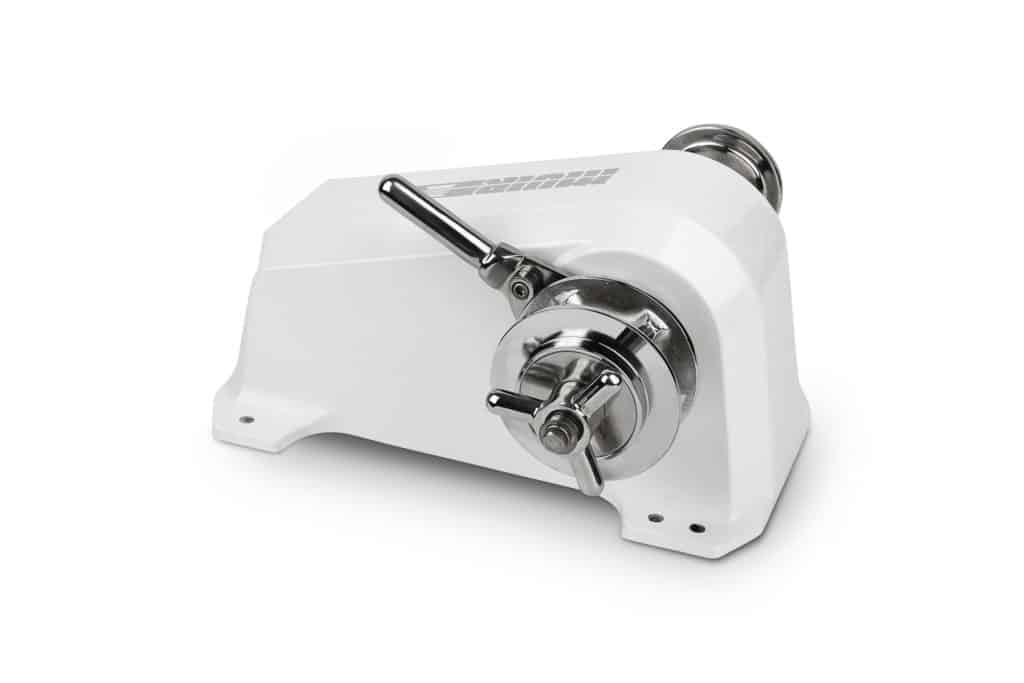
Windlass manufacturers have been improving components but keeping the same footprint, so you can swap out old units on deck.
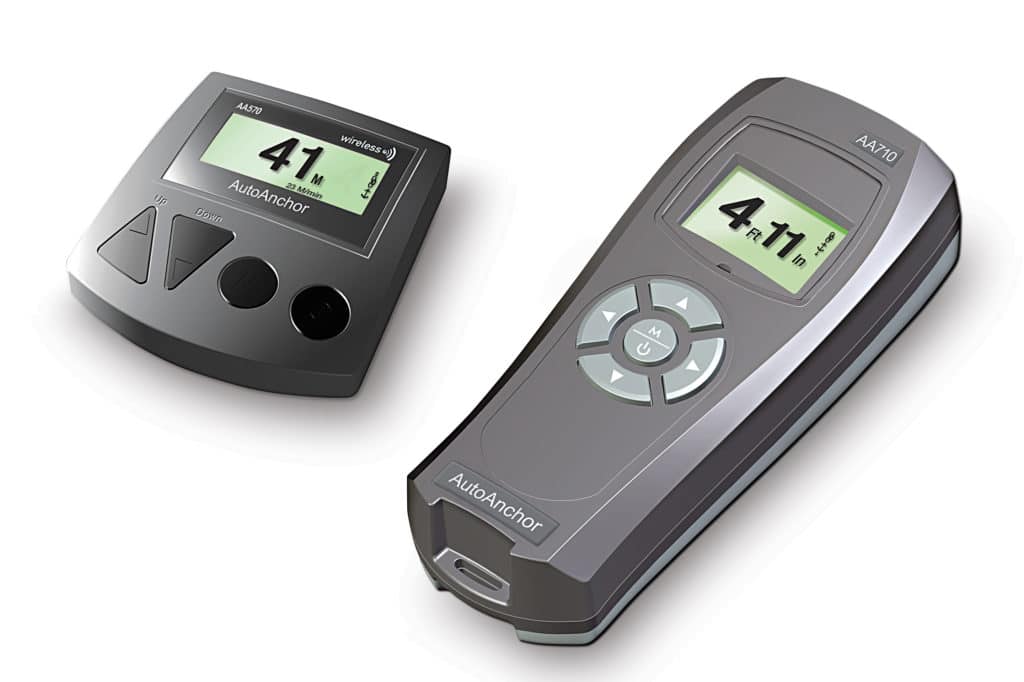
Modern windlasses have digital readouts of how much chain is out and more — using radio frequency, and no hardwiring from your helm.


